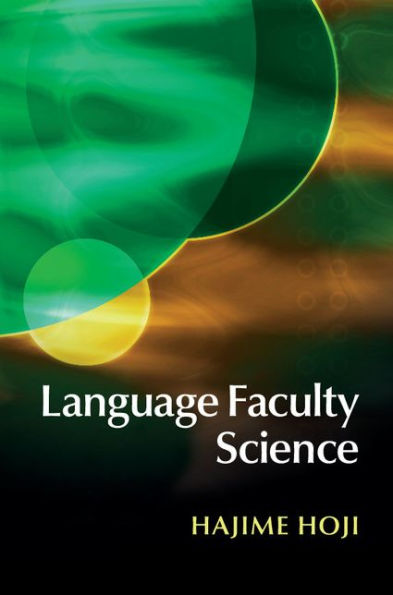This book explores how we can aspire to accumulate knowledge about the language faculty in line with Feynman's 'The test of all knowledge is experiment'. The two pillars of the proposed methodology for language faculty science are the internalist approach advocated by Chomsky and what Feynman calls the 'Guess-Compute-Compare' method. Taking the internalist approach, the book is concerned with the I-language of an individual speaker. Adopting the Guess-Compute-Compare method, it aims at deducing definite predictions and comparing them with experimental results. It offers a conceptual articulation of how we deduce definite predictions about the judgments of an individual speaker on the basis of universal and language-particular hypotheses and how we obtain experimental results precisely in accordance with such predictions. In pursuit of rigorous testability and reproducibility, the experimental demonstration in the book is supplemented by an accompanying website which provides the details of all the experiments discussed in the book.
1121171854
Language Faculty Science
This book explores how we can aspire to accumulate knowledge about the language faculty in line with Feynman's 'The test of all knowledge is experiment'. The two pillars of the proposed methodology for language faculty science are the internalist approach advocated by Chomsky and what Feynman calls the 'Guess-Compute-Compare' method. Taking the internalist approach, the book is concerned with the I-language of an individual speaker. Adopting the Guess-Compute-Compare method, it aims at deducing definite predictions and comparing them with experimental results. It offers a conceptual articulation of how we deduce definite predictions about the judgments of an individual speaker on the basis of universal and language-particular hypotheses and how we obtain experimental results precisely in accordance with such predictions. In pursuit of rigorous testability and reproducibility, the experimental demonstration in the book is supplemented by an accompanying website which provides the details of all the experiments discussed in the book.
50.0
In Stock
5
1

Language Faculty Science

Language Faculty Science
Related collections and offers
50.0
In Stock

Product Details
| ISBN-13: | 9781316349045 |
|---|---|
| Publisher: | Cambridge University Press |
| Publication date: | 02/26/2016 |
| Sold by: | Barnes & Noble |
| Format: | eBook |
| File size: | 10 MB |
About the Author
From the B&N Reads Blog
